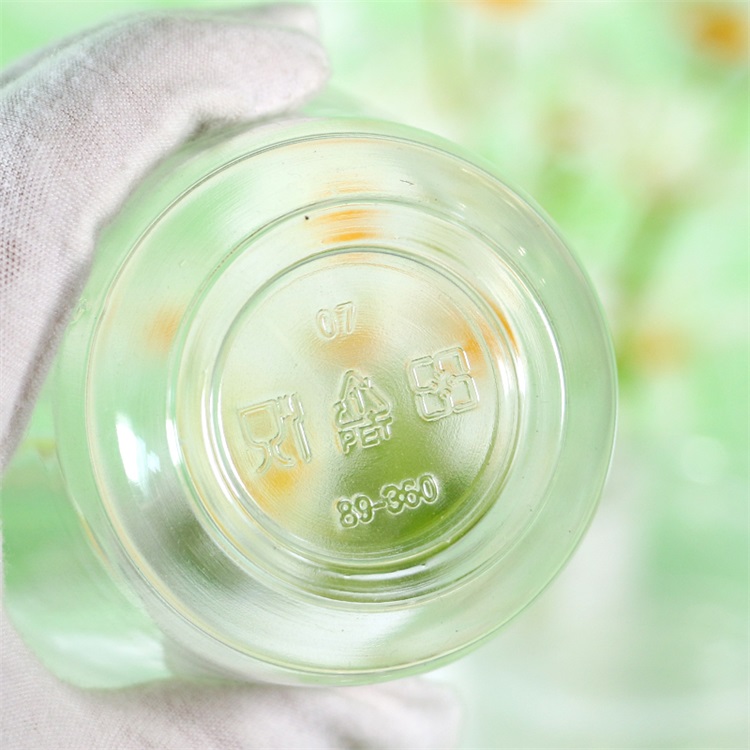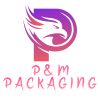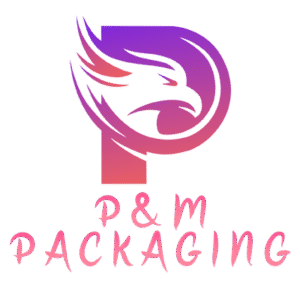Honest has sorted out the raw materials and characteristics of plastic bottles for different purposes for your reference.
The manufacture of plastic bottles is carried out in stages. Typically, plastic bottles for drinking water and other beverages are made of polyethylene terephthalate (PET) because the material is strong and lightweight. The high-density form of polyethylene (PE) is used to make rigid plastic bottles, such as detergent bottles, and the low-density form is used to make squeeze bottles. Polypropylene (PP) is used to make medicine bottles and the like. Polycarbonate (PC) is used in reusable water bottles and similar reusable containers.
PET (polyethylene terephthalate)
Polyethylene terephthalate is a thermoplastic polymer that can be opaque or transparent, depending on the specific material composition. Like most plastics, PET is produced from petroleum hydrocarbons through a reaction between ethylene glycol and terephthalic acid.
Polymerization itself is a complex process that results in inconsistencies between many batches of PET produced and another batch of PET. Typically, two impurities are produced during polymerization: diethylene glycol and acetaldehyde. Diethylene glycol production is generally not high enough to affect PET, while acetaldehyde can be produced not only during polymerization but also during bottle manufacturing. If the PET is used to make the bottle contain a lot of acetaldehydes, it will give the drink inside a strange taste.
Once the plastic itself is manufactured, the bottle manufacturing process can begin. To make sure PET is suitable for use, extensive testing is done after production to check that the bottles are not permeable to carbon dioxide (this is important for soda-filled bottles). Other factors, such as clarity, gloss, crack resistance, thickness and compression resistance, are also carefully monitored.

LDPE/HDPE (low and high density polyethylene)
Another thermoplastic, polyethylene is used to make blow-molded milk and jugs, detergent bottles, ketchup bottles, and more. Both LDPE and HDPE can be thermoformed, blow molded, injection molded, etc. LDPE was the first blow-molded plastic and it is still used today to make extrudable bottles because of its high ductility, but lower strength compared to HDPE. HDPE is used in many forms of pourable bottles. The material is usually white or black in its natural form and becomes translucent when diluted to a milk bottle or similar size. Suppliers can adjust formulations to increase tear strength, clarity, formability, printability or other parameters.
Polyethylene is composed of a single monomer, ethylene, which is a homopolymer. LDPE is amorphous, while HDPE is crystalline, which is why LDPE has higher ductility and higher rigidity. Polyethylene is more expensive than polypropylene, the cheapest of thermoplastics, although the two plastics share many applications.
PP (polypropylene)
Polypropylene resin is generally an opaque, low-density polymer with excellent thermoforming and injection molding properties. As a bottle, it competes primarily with polyethylene and can be made transparent for transparent uses, whereas polyethylene can only be made translucent, such as in milk jugs. The optical clarity of polypropylene is not comparable to polymers like polycarbonate, but it does a good job. Its low viscosity at melting temperature makes it ideal for foundation and molding applications, including blow molding.

PC (polycarbonate)
Polycarbonate can be prepared by polymerization with bisphenol A (C15H16O2) and phosgene (COCl2) as raw materials. It is an expensive material compared to other bottle-making polymers, so its use is largely limited to high-end reusable bottles such as care bottles, water dispensers, or those found in laboratory settings. This material has excellent optical properties and strength for bottles that must display their contents with the transparency of glass, but must also be able to handle repeated and sometimes rough handling. This material withstands repeated washing and can be autoclaved.

